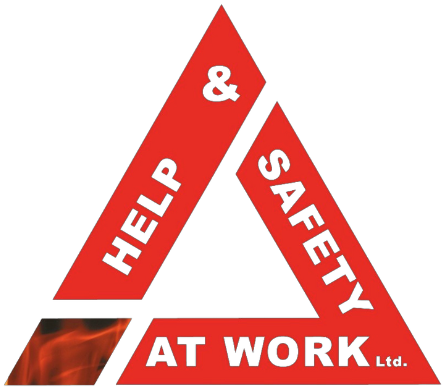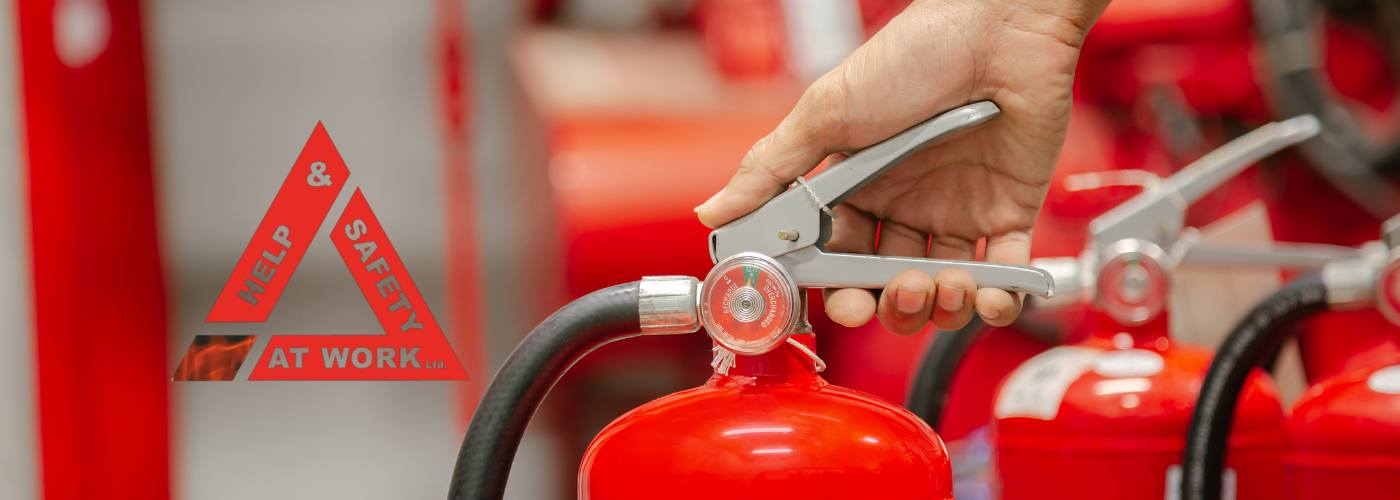What is emergency lighting?


Emergency lighting is a system of lights that are specifically installed in buildings to provide illumination in case of power outages or emergencies. It ensures the safety of occupants by allowing them to navigate to safety equipment and evacuation routes.
Emergency lighting is required if the public has access to the building or if people are employed.
The Responsible Person must appoint a competent person or company to manage and service their emergency lighting and to be given authority to carry out any remedial work. These lights must be maintained and serviced on a regular basis.
Servicing
Daily: Visual checks of all emergency lighting, checking for cleanliness and luminaries.
Monthly:
- The Emergency Lights (EL) should be tested by carrying out a simulated power outage and all Emergency Lighting must be checked for operation.
- When power is restored, ensure all lights are working.
- A simulated power outage should be tested on all control battery systems and tested as above.
- Checks should also ensure any generators have started up when the power failed. Generators should last for 1 hour.
6 Monthly: All Emergency Lighting should be serviced and tested.
Annually:
- All monthly checks must be carried out as normal
- 1-hour drop test, meaning power must be off for 1 hour.
- All lights must be checked for operation.
Note: Batteries must be changed if 4 years old or sooner if they fail the test.
Locations that require emergency lighting:
- Near each exit door intended for emergency use.
- Near stairs to provide direct light to each flight.
- Near any change in level to assist in navigating potential hazards.
- Externally illuminated escape route signs and other safety signs that require illumination under emergency lighting conditions.
- At each change of direction to guide individuals along the correct path.
- At each intersection of corridors for increased visibility and guidance.
- Near each final exit leading outside the building and to a place of safety.
- Near each first aid post to ensure visibility in case of emergencies.
- Near each fire-fighting equipment and call point for easy access and identification.
- Near escape equipment specifically provided for disabled people.
- Near manual release controls that release electronically locked doors.
- Outside the building, near each final exit.
- In toilets used by disabled individuals and multiple closet facilities.
- In all motor generator rooms, plant rooms, control rooms, and switch rooms.
- Along pedestrian escape routes from covered and multi-storey car parks.
Why do I need emergency lighting?


If you are the Responsible Person for a non-domestic property or House of Multiple Occupancy (HMO) then you will need to provide emergency lighting. You may be prosecuted or liable to a hefty fine or even imprisonment if you do not provide sufficient emergency lighting within your premises.
A failure to monitor and maintain’ emergency lighting will risk the Responsible Person to prosecution under The Regulatory Reform (Fire Safety) Order 2005.
Where can I get Emergency Lighting?


Do you need to hire a professional installer? While there is no specific legislation that requires it, it is crucial to understand that strict rules and regulations govern emergency lighting systems. Failure to comply with these guidelines could result in serious consequences, including potential jail time or hefty fines.
Whether you are aiming to save money or simply unaware of the severe repercussions mentioned earlier, opting for an unaccredited electrician to handle the installation of emergency lighting in your commercial premises is a misguided decision. To ensure the safety and compliance of your emergency lighting system, it is strongly recommended to hire a qualified professional who possesses the necessary expertise and knowledge in this specialised field. Don’t gamble with your safety and legal obligations; choose wisely when it comes to emergency lighting installation.
To find out more about Emergency Lighting in your property contact us or sign up for our monthly newsletter.
Call: 01832 735874
Email: admin@hasaw.co.uk
Visit our socials for more updates.




